In seeking a new form and language appropriate for presenting unspeakable horrors such as the Holocaust or the Rwanda genocide, Yann Martel’s latest novel poses an interesting question: Can animal massacres be compared to the Holocaust?
A celebrity author and a celebrated tragedy — this is Yann Martel writing about the Holocaust. The protagonist of Beatrice And Virgil is Henry, an award-winning author whose experimental work on the Holocaust has been rejected — with much adverse criticism and plain abuse — by publishers and editors.
Exhausted by his literary battles, Henry and his wife Sarah move to an unnamed city. One day, in his mail he receives, from somewhere in this same city, an intriguing document, a Gustave Flaubert story dealing with the massacre of animals, along with an extract from an unstaged, unpublished play, also about animals. Tracking down the address, Henry meets another Henry, a taxidermist and playwright.
Were it not for taxidermy, says the expert, “animals that have disappeared from the plains of their natural habitat would also disappear from the plains of our imagination”. Henry is also writing a play, starring a monkey, Virgil, and a donkey, Beatrice, whose stuffed bodies sit quietly by during the writer Henry’s visits.
The writer is intrigued by the taxidermist’s play, which lacks a plot or any kind of action, but seems symbolic of something larger. As the play proceeds, the taxidermist reads out portions of it to the writer. Henry the writer begins to discern a shape, a subtext emerging from the apparently pointless dialogue. The shape is of something unimaginably vast, horrific: “how can there be anything beautiful after what we’ve lived through … how are we going to talk about what happened to us one day when it’s over?” The answer is ‘I don’t know’: there is no language adequate to the task because language cannot capture what the animals in the play finally describe as the ‘Horrors’.
The writer and his wife meanwhile have a baby, Theo. Months later, he returns to the taxidermist hoping to see the conclusion of his play, and find out what it really is about. The play is, predictably, an allegory about the massacre of the Jews in the Holocaust, the deaths of the innocents and the role of particular people in this massacre. How Beatrice and Virgil die, the role of the taxidermist (a possible Nazi collaborator in his boyhood) and Henry’s own shocking experience in the store all hurtle towards a chilling, if melodramatic, climax.
Beatrice And Virgil is about representing something horrific. Martel does not seem to get it right — an animal fable that is at once a deeply philosophical meditation (about the Holocaust, no less) in tones varying between quietude and exuberance, telegraphic notations and pathos-filled drama, falls between both.
There is much Samuel Beckett-esque dialogue. Beginning as an over-subtle novel it then climaxes in a kind of traumatic realism that does very little. The symbolism — massacre of the innocents, the preservation of their memory — works very well, and then Martel throws it all away. Admittedly, it is difficult to write a mysterious, subtle novel about something as astronomically catastrophic as the Holocaust, but Martel does give it a good try before backing down.
The best parts are the animal dialogues, in which they discuss how exactly they can remember all the cruelties inflicted and yet survive those memories — a theme we see unrelentingly pursued in Primo Levi, Elie Weisel and the hundreds of Holocaust memoirs, video testimonies (the Yale Fortunoff and the Spielberg ones) and films. In some ways Martel denies the Holocaust its expansive tragedy here, but he also asks us to focus on comparable instances (animal massacres, for example).
The novel is a failure but it re-presents — if one were to be kind to Martel who, I personally thought, after The Life Of Pi, a highly overrated writer — a problem that has haunted historians of the Holocaust: what is the appropriate form to capture something so traumatic? What is the language of unspeakable horror, from the Holocaust to Rwanda to Darfur? We have a tentative answer: it is not Martel’s language, at any rate.
Pramod K Nayar teaches English at the University of Hyderabad
![submenu-img]() Viral video: Woman tries to cook omelette on road, internet is not happy
Viral video: Woman tries to cook omelette on road, internet is not happy![submenu-img]() RCB cancels practice, press meet after threat to Virat Kohli's security ahead of IPL 2024 eliminator: Report
RCB cancels practice, press meet after threat to Virat Kohli's security ahead of IPL 2024 eliminator: Report ![submenu-img]() Meet Indian-origin man, IIT alumnus who is world's second-highest paid CEO, his salary per day is...
Meet Indian-origin man, IIT alumnus who is world's second-highest paid CEO, his salary per day is...![submenu-img]() RBI approves Rs 2.11 lakh crore dividend payout to Indian govt for 2023-24
RBI approves Rs 2.11 lakh crore dividend payout to Indian govt for 2023-24![submenu-img]() Mozz Guard Mosquito Zapper Reviews (Zap Guardian): Side effects, ingredients benefits, price
Mozz Guard Mosquito Zapper Reviews (Zap Guardian): Side effects, ingredients benefits, price![submenu-img]() IIT graduate builds Rs 1057990000000 company, leaves to get a job, now working as a….
IIT graduate builds Rs 1057990000000 company, leaves to get a job, now working as a….![submenu-img]() Indian Air Force Agniveervayu Recruitment 2024: Registration starts today, know eligibility, steps to apply
Indian Air Force Agniveervayu Recruitment 2024: Registration starts today, know eligibility, steps to apply![submenu-img]() Meet woman who was married at 16, faced domestic abuse, did odd jobs as single mom, became IAS officer, is posted at...
Meet woman who was married at 16, faced domestic abuse, did odd jobs as single mom, became IAS officer, is posted at...![submenu-img]() Maharashtra HSC 12th 2024: Result declared, know how to check
Maharashtra HSC 12th 2024: Result declared, know how to check![submenu-img]() Meet man who topped IIT-JEE, studied at IIT Bombay, then went to MIT, now is...
Meet man who topped IIT-JEE, studied at IIT Bombay, then went to MIT, now is...![submenu-img]() DNA Verified: Is CAA an anti-Muslim law? Centre terms news report as 'misleading'
DNA Verified: Is CAA an anti-Muslim law? Centre terms news report as 'misleading'![submenu-img]() DNA Verified: Lok Sabha Elections 2024 to be held on April 19? Know truth behind viral message
DNA Verified: Lok Sabha Elections 2024 to be held on April 19? Know truth behind viral message![submenu-img]() DNA Verified: Modi govt giving students free laptops under 'One Student One Laptop' scheme? Know truth here
DNA Verified: Modi govt giving students free laptops under 'One Student One Laptop' scheme? Know truth here![submenu-img]() DNA Verified: Shah Rukh Khan denies reports of his role in release of India's naval officers from Qatar
DNA Verified: Shah Rukh Khan denies reports of his role in release of India's naval officers from Qatar![submenu-img]() DNA Verified: Is govt providing Rs 1.6 lakh benefit to girls under PM Ladli Laxmi Yojana? Know truth
DNA Verified: Is govt providing Rs 1.6 lakh benefit to girls under PM Ladli Laxmi Yojana? Know truth![submenu-img]() AI models show bikini style for perfect beach holiday this summer
AI models show bikini style for perfect beach holiday this summer![submenu-img]() Laapataa Ladies actress Chhaya Kadam ditches designer clothes, wears late mother's saree, nose ring on Cannes red carpet
Laapataa Ladies actress Chhaya Kadam ditches designer clothes, wears late mother's saree, nose ring on Cannes red carpet![submenu-img]() Urvashi Rautela mesmerises in blue celestial gown, her dancing fish necklace steals the limelight at Cannes 2024
Urvashi Rautela mesmerises in blue celestial gown, her dancing fish necklace steals the limelight at Cannes 2024![submenu-img]() Kiara Advani attends Women In Cinema Gala in dramatic ensemble, netizens say 'who designs these hideous dresses'
Kiara Advani attends Women In Cinema Gala in dramatic ensemble, netizens say 'who designs these hideous dresses'![submenu-img]() Influencer Diipa Büller-Khosla looks 'drop dead gorgeous' in metallic structured dress at Cannes 2024
Influencer Diipa Büller-Khosla looks 'drop dead gorgeous' in metallic structured dress at Cannes 2024![submenu-img]() DNA Explainer: Why was Iranian president Ebrahim Raisi, killed in helicopter crash, regarded as ‘Butcher of Tehran’?
DNA Explainer: Why was Iranian president Ebrahim Raisi, killed in helicopter crash, regarded as ‘Butcher of Tehran’?![submenu-img]() DNA Explainer: Why did deceased Iranian President Ebrahim Raisi wear black turban?
DNA Explainer: Why did deceased Iranian President Ebrahim Raisi wear black turban?![submenu-img]() Iran President Ebrahim Raisi's death: Will it impact gold, oil prices and stock markets?
Iran President Ebrahim Raisi's death: Will it impact gold, oil prices and stock markets?![submenu-img]() Haryana Political Crisis: Will 3 independent MLAs support withdrawal impact the present Nayab Saini led-BJP government?
Haryana Political Crisis: Will 3 independent MLAs support withdrawal impact the present Nayab Saini led-BJP government?![submenu-img]() DNA Explainer: Why Harvey Weinstein's rape conviction was overturned, will beleaguered Hollywood mogul get out of jail?
DNA Explainer: Why Harvey Weinstein's rape conviction was overturned, will beleaguered Hollywood mogul get out of jail?![submenu-img]() Watch: Kapil Sharma's daughter complains as paps click her photos in viral video, says 'papa aapne kaha tha ki...'
Watch: Kapil Sharma's daughter complains as paps click her photos in viral video, says 'papa aapne kaha tha ki...'![submenu-img]() Watch: Anil Kapoor hijacks The Great Indian Kapil Show, Farah Khan reveals which actor is 'most kanjoos' in Bollywood
Watch: Anil Kapoor hijacks The Great Indian Kapil Show, Farah Khan reveals which actor is 'most kanjoos' in Bollywood![submenu-img]() Manoj Bajpayee reveals why Anurag Kashyap didn’t work with him for 14 years: ‘My career was going down, he didn’t...'
Manoj Bajpayee reveals why Anurag Kashyap didn’t work with him for 14 years: ‘My career was going down, he didn’t...'![submenu-img]() Sanjay Dutt quits Welcome 3 after fallout with Akshay Kumar? Report says he walked out after first day because...
Sanjay Dutt quits Welcome 3 after fallout with Akshay Kumar? Report says he walked out after first day because...![submenu-img]() Allu Arjun enjoys lunch with wife Sneha at dhaba; fans hail his ‘simplicity’ despite Pushpa success
Allu Arjun enjoys lunch with wife Sneha at dhaba; fans hail his ‘simplicity’ despite Pushpa success![submenu-img]() Viral video: Woman tries to cook omelette on road, internet is not happy
Viral video: Woman tries to cook omelette on road, internet is not happy![submenu-img]() Groom saves bride from unexpected milk bath during haldi ceremony, viral video melts internet
Groom saves bride from unexpected milk bath during haldi ceremony, viral video melts internet![submenu-img]() Viral video captures epic showdown between two king cobras, watch who wins
Viral video captures epic showdown between two king cobras, watch who wins![submenu-img]() Viral video: Woman's 'Senorita' dance steals hearts during RCB vs CSK match in Bengaluru, watch
Viral video: Woman's 'Senorita' dance steals hearts during RCB vs CSK match in Bengaluru, watch ![submenu-img]() Viral video: Lion's terrifying ambush on napping wildebeest stuns internet, watch
Viral video: Lion's terrifying ambush on napping wildebeest stuns internet, watch











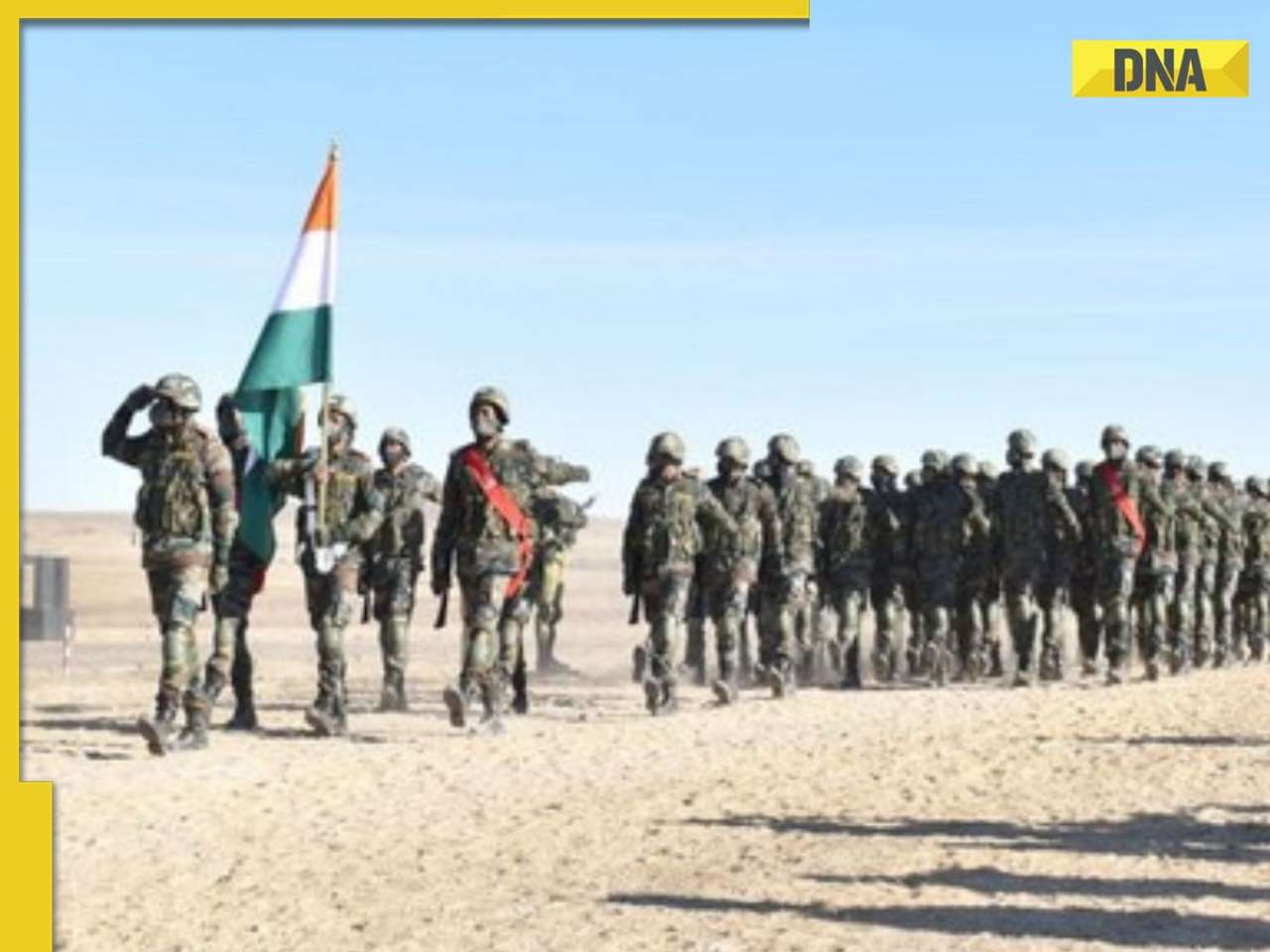






















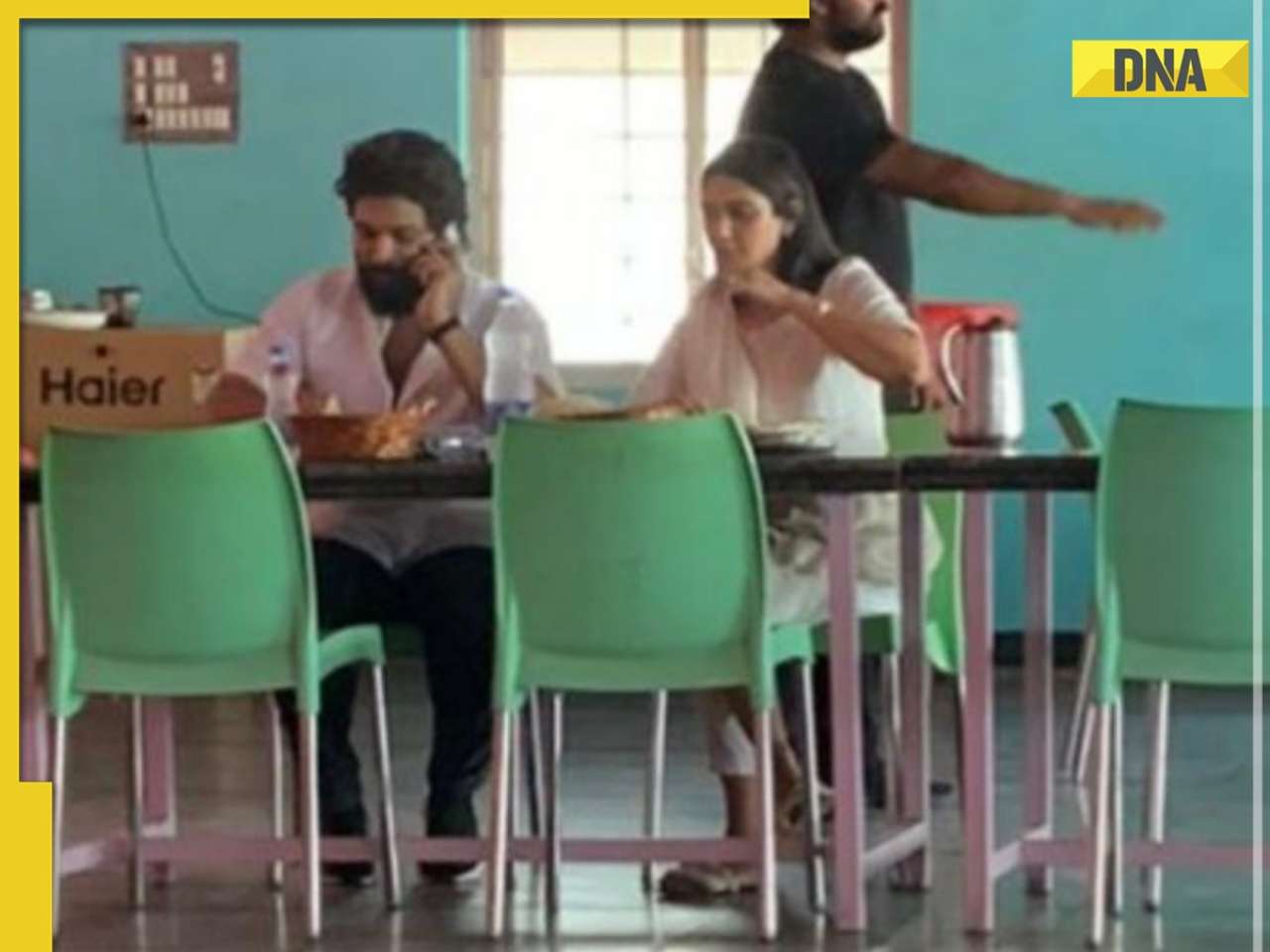
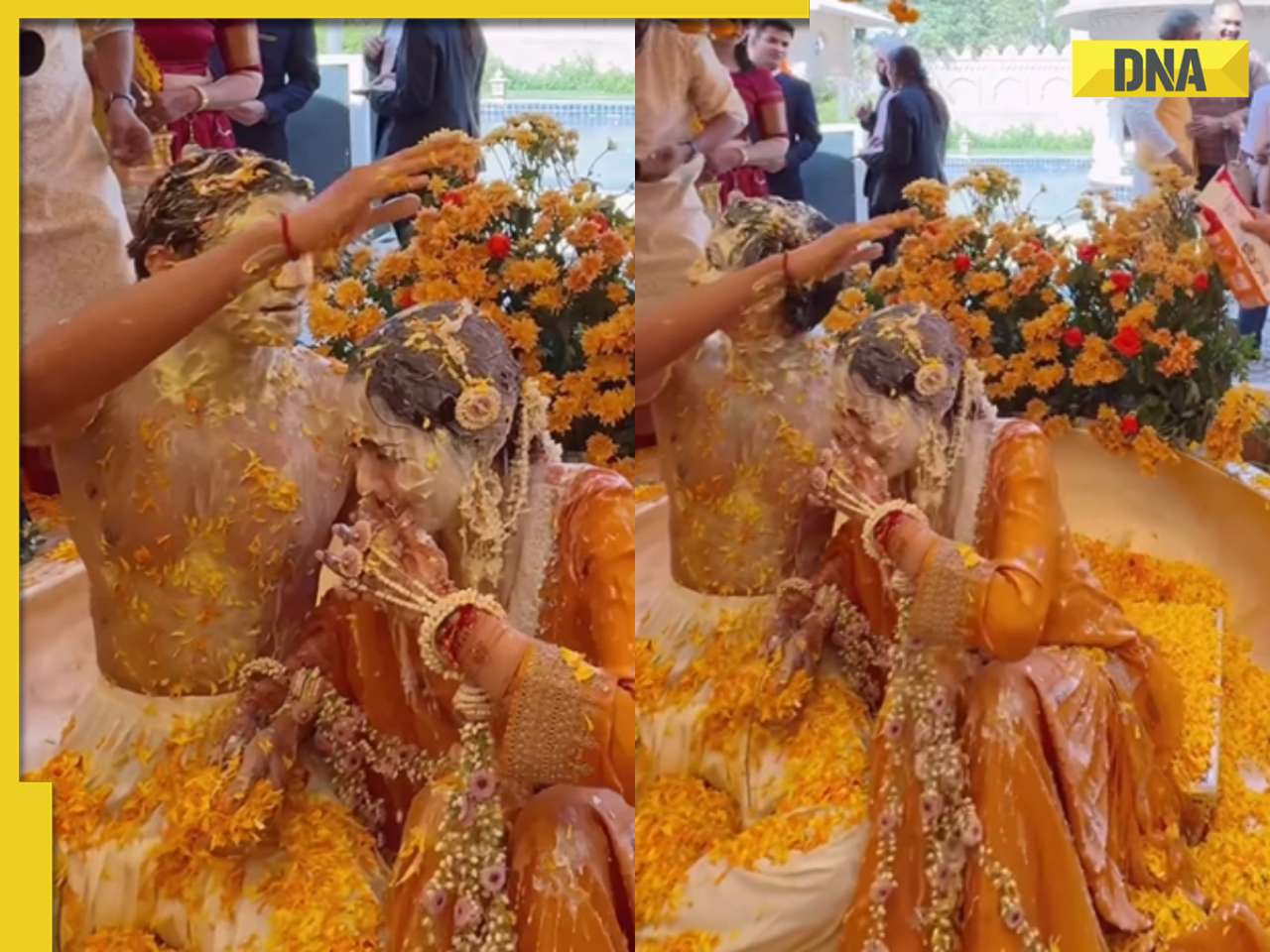
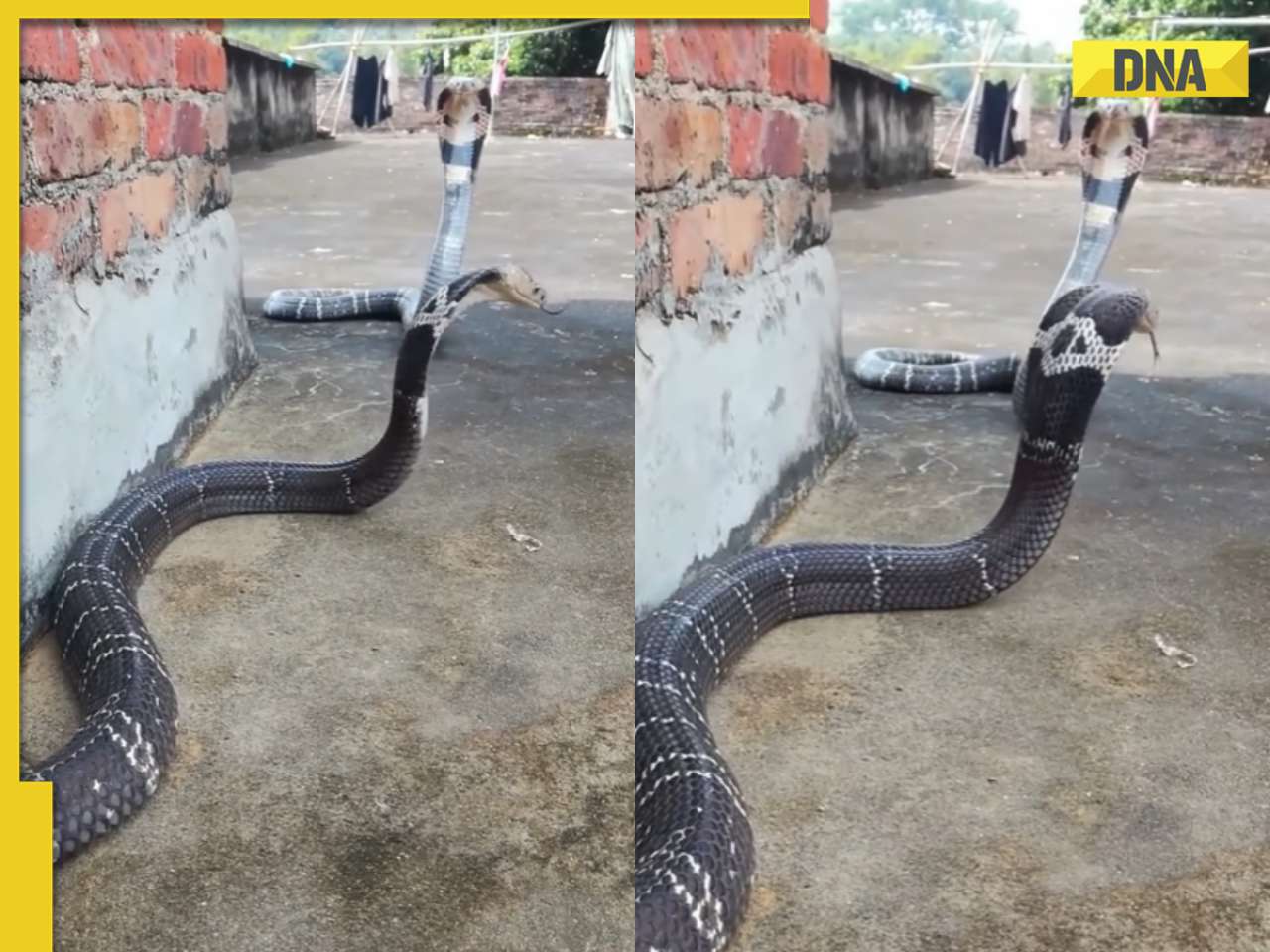












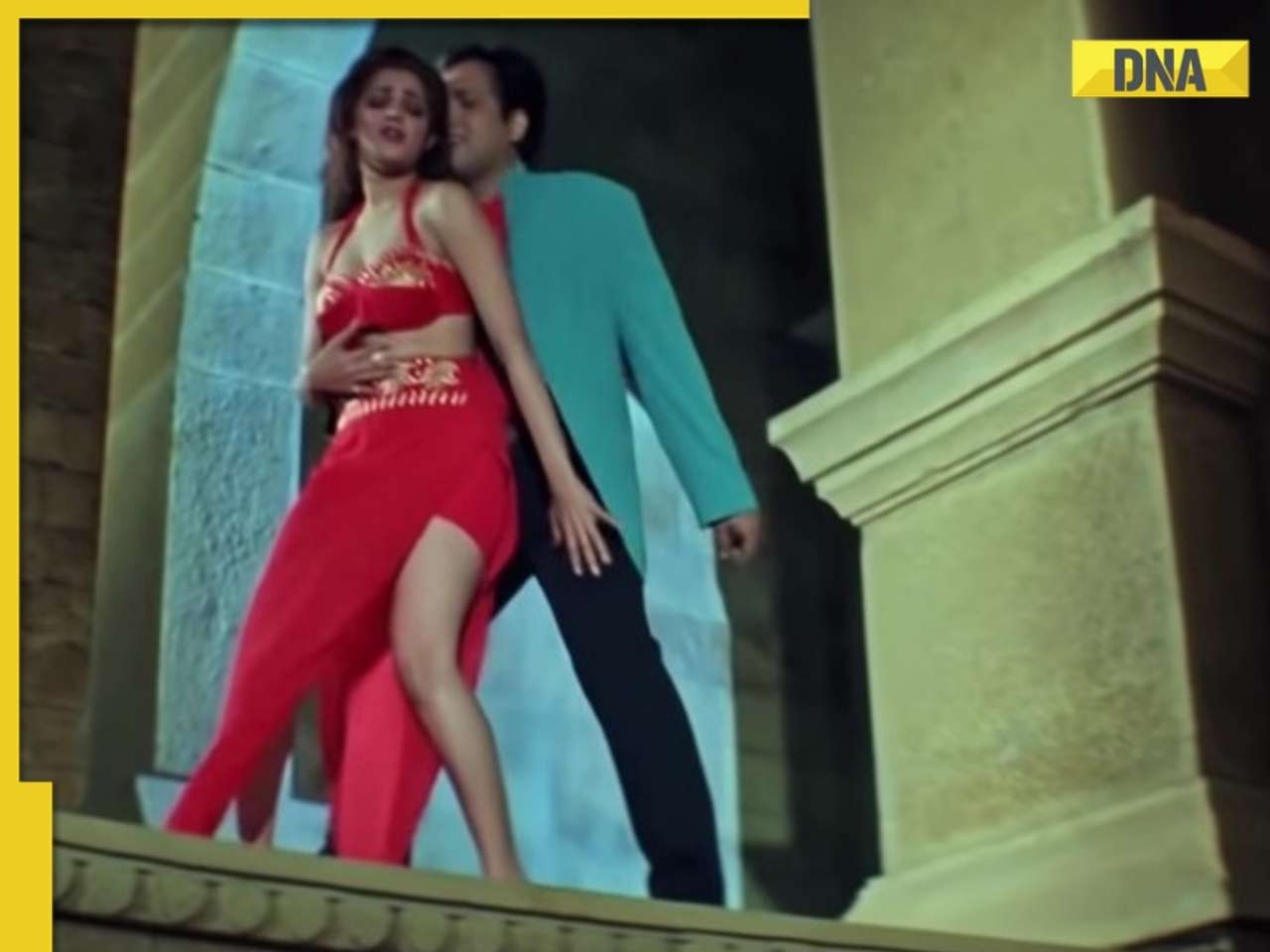
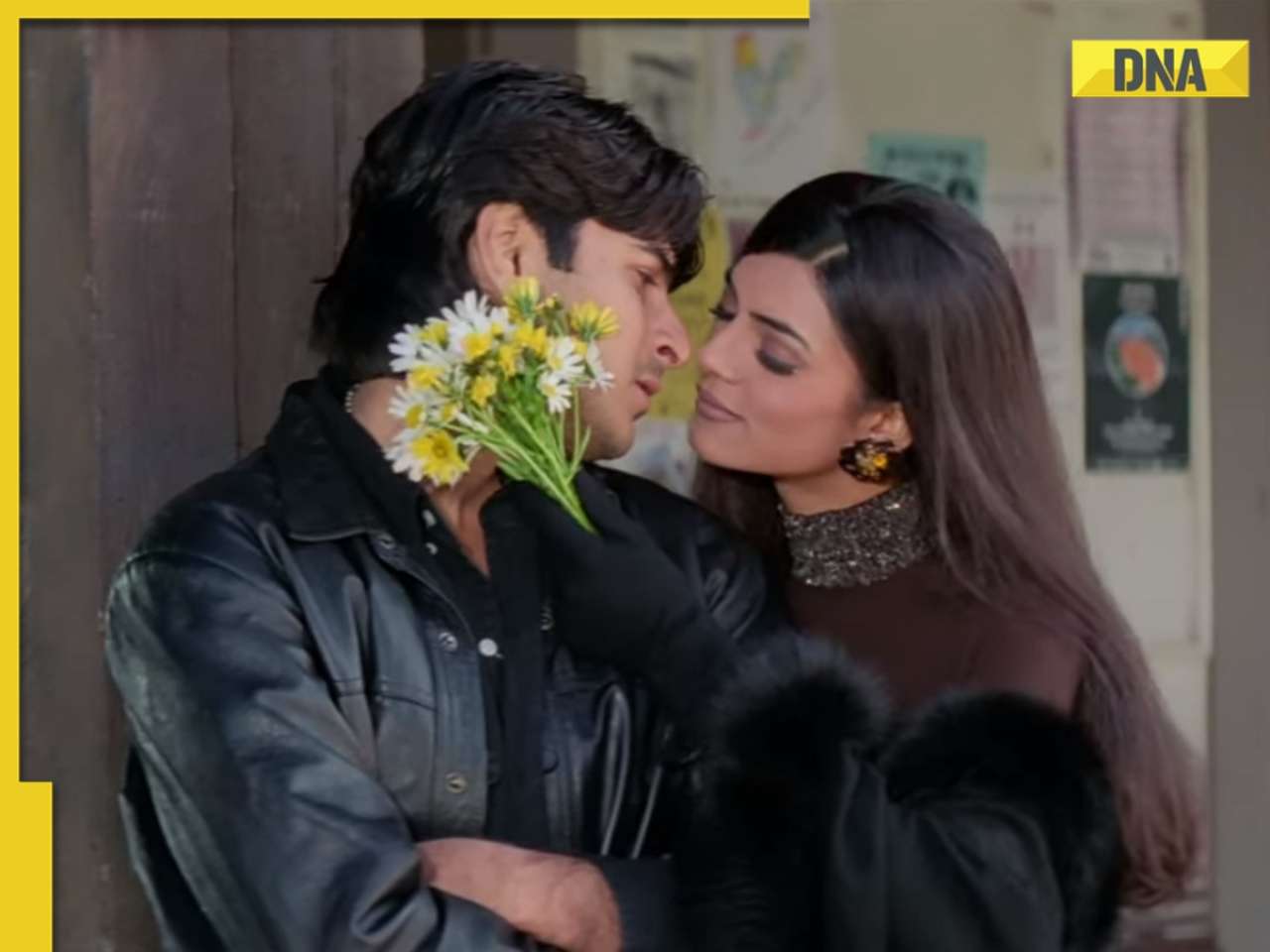







)
)
)
)
)
)